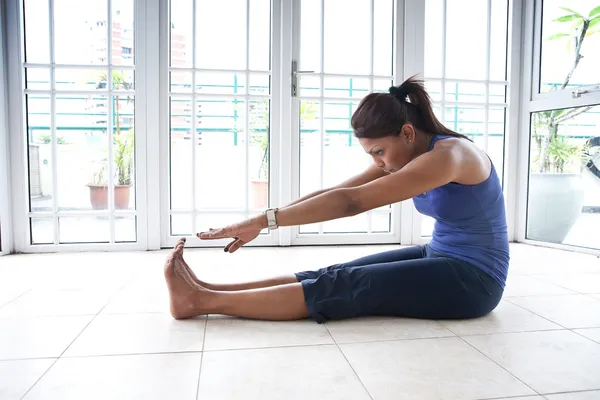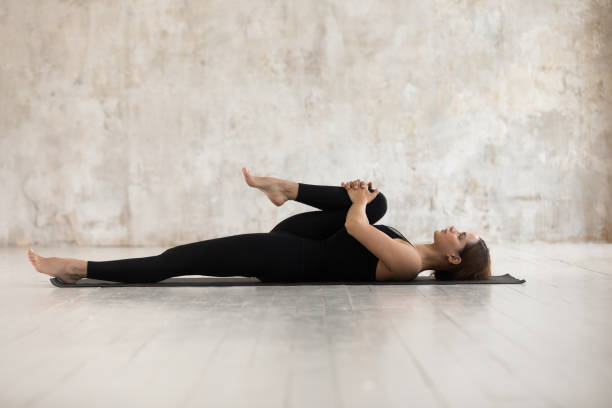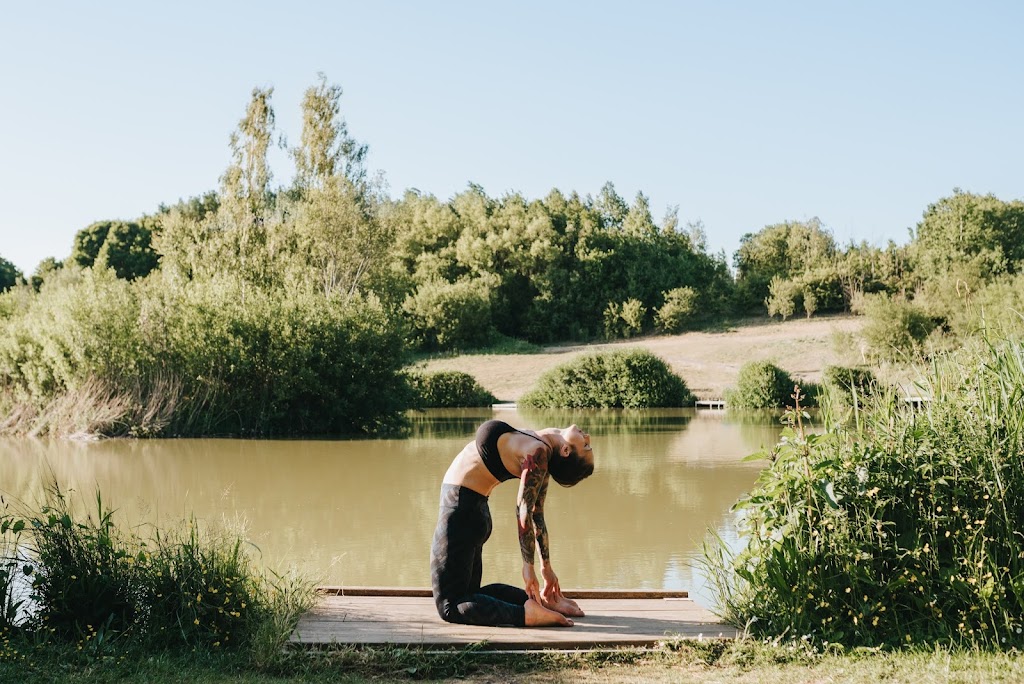jerseys online
wig outlet
Human hair Wigs
sex toys for couples
jordan store
nfl san francisco 49ers
nike air max 90
nike air jordan 4 black canvas
make a custom jersey
custom jerseys
custom football jerseys
nike air max 270 mens sale
adidas online shop
adidas yeezys
Human Hair wigs
Due to the increasing corporate culture of working for long hours, back pain has become the most common problem owing to long hours of sitting in front of a laptop or moving around way too much to juggle through routine chores. The lower back has become the most used and sensitive part of the body. There are days when one doesn’t feel fresh even after sleeping for adequate hours, the main reason for it can be back and body pain. One needs some sort of an active routine with exercises to strengthen lower back to keep these prolonged pains at bay, one of the therapies that work is Yoga as it provides relief and also to prevent further damage.
The ever-evolving human lifestyle has given rise to significant issues in our lives from time to time and one of the most common health complaints is back pain. These days back pain has started affecting all age groups. The severity of back pain can depend upon difficulty in performing basic physical movements to hampering daily activities. Some of the reasons of back pain are:
- Sitting in a wrong posture for long hours
- Not taking precautions while lifting heavy weights
- Ruptured disc in the spinal cord compressing the surrounding nerves
- Poor posture or hasty movements while sleeping
- Osteoporosis also affects spine with time
- Kidney stones or any related problems
Check out the best sleeping positions to avoid lower back pain
If the issue remains unattended over time, it can worsen it further and a person may require extensive treatment and possibly surgery as well.
EXERCISES FOR LOWER BACK PAIN RELIEF
Based on the intensity of pain, there are different kinds of treatment available. Routine exercises can give you relief from back pain and improve the body’s overall endurance. Listed below are a few exercises for back pain relief:
A. Glute Bridge

Lower back pain relief also helps in strengthening your hamstrings, glutes, hips, transverse and abdomen. Listing the process to perform these exercises below :
- Lie down on your back on the floor, with your knees bent and only the heels touching the floor.
- While keeping the heels on the floor, raise the hips until your shoulders, hips and knees form a single and straight line. Tighten your glutes for better grip.
- This position should be held for 8 to 10 seconds, after which the hips are slowly brought back to the floor with a rest period of 5 seconds.
- The cycle should be repeated around ten times in 3 sets.
- Avoid overarching and do not arch the lower back while hips are off the ground.
B. Hamstring Stretches

Hamstring stretches relieve tension at the back of the leg which is connected to the lower spine. It should be followed with the instructions listed below:
- Lie down on your back with one knee bent.
- Use a towel for locking it around the toes of the straightened leg.
- Extend back slowly on the towel while straightening the knee. The right form will be assured once you feel a mild stretch on the back of the leg. Be cautious and don’t overstretch.
- The position should be held for about 30 seconds and should be repeated five times for each leg. Perform three sets to improve endurance.
C. Knee to Chest Exercises

This is one of the best exercises to strengthen lower back, as it helps to improves posture and is one of the easiest to perform and is good for lower back pain:
- Lie down on your back with feet on the floor and knees bent.
- Bring your right knee to your chest while maintaining the keeping the other leg flat against the floor.
- Hold the position for 20 to 30 seconds, ensuring that the lower back is on the floor.
- Lower the right knee and simultaneously repeat the routine with the left leg.
- For every leg, perform the exercise 5 times in 3 sets.
D. Light Aerobic Exercise
Some short sessions of cardio-vascular exercises improve the blood circulation in the body. Some examples of aerobic exercises are Swimming, Walking, Running and other functional exercises that increase heart rate and heat in the body. Ideally, such exercises should be performed for shorter durations in the presence of a professional trainer. Over time, the sessions can be extended as stamina gets better.
Take precautions to avoid any overexertion or twisting postures while swimming
E. Wall Sits

This uncomplicated back pain exercise will improve your seating posture which is one of the main reasons for back-related ailments. This exercise involves simple steps:
- Stand straight with your back against the wall at a distance of 6-8 inches.
- With great care, lean against the wall until the spine is flat against it.
- Slowly, slide against the wall until knees are bent a little. Try to get into a pose where the hips and knees are in a straight line.
- Hold this position initially for 30 seconds, and then carefully slide back up against the wall. This can be done in 5-6 sets. Once you are well versed with the form, one can start using some weights as well on their thighs while performing the exercise.
These are some of the exercises to strengthen lower back which can help in relieving pain and also improve your posture.
You can also watch these videos for exercises to strengthen lower back:
One more important aspect to note is the exercises to avoid while you have back pain, listed below are the exercises you should avoid:
- Toe-touching exercises, as they can aggravate Sciatica by overstressing ligaments and spinal discs.
- Sit-ups as they can damage the discs in the long-run. They are only good for strengthening the core muscles.
- Leg raises apply pressure on the lower back muscles.
- Avoid lifting weights in the gym or even in regular activities as it can hurt the spinal cord.
CONCLUSION
These exercises to strengthen lower back are good for getting relief from your back pain and also help in increasing stamina and back strengthening. They can do wonders for your stamina and overall health in general. Some additional things that can aid back-pain relief are pain reliever gels, creams and sprays. These products help in giving immediate relief from back pain.








